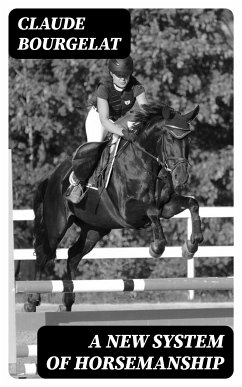In "A New System of Horsemanship," Claude Bourgelat explores the complex relationship between rider and horse, delving into techniques that blend practical training with ethical considerations. Written in the 18th century, the book reflects the Enlightenment's emphasis on reason and observation, characterized by Bourgelat's meticulous descriptions of equine anatomy and behavior. His approach combines elements of classical horsemanship with innovative training methods, making a significant contribution to the evolving discourse on equine management and ethics during a time when the treatment of animals was coming under increased scrutiny. Claude Bourgelat, a prominent veterinary surgeon and a pioneering figure in animal science, founded the first veterinary school in Lyon, France. His background in veterinary medicine and deep understanding of animal physiology informed his horsemanship practices, allowing him to champion a system that prioritized the welfare of the horse. Bourgelat's dual commitment to animal care and effective training illustrates a groundbreaking shift in the perception of horses within society, reflecting broader cultural changes of his era. This book is a must-read for equestrians, animal lovers, and scholars alike, as it not only provides practical insights into horsemanship but also serves as a historical document that highlights the development of humane training practices. Bourgelat's work resonates with contemporary values of ethical treatment and understanding of animals, making it a timeless resource for anyone interested in the art and science of horsemanship.
Dieser Download kann aus rechtlichen Gründen nur mit Rechnungsadresse in A, B, BG, CY, CZ, D, DK, EW, E, FIN, F, GR, H, IRL, I, LT, L, LR, M, NL, PL, P, R, S, SLO, SK ausgeliefert werden.









